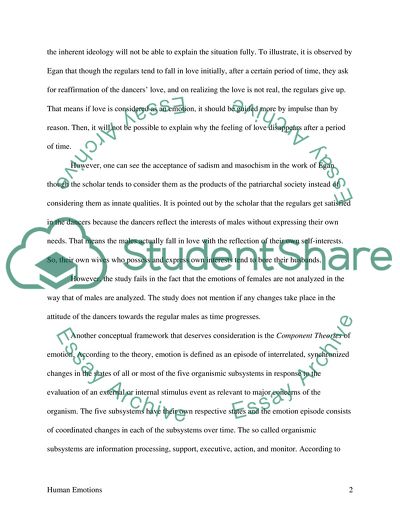Cite this document
(Human Emotions Literature review Example | Topics and Well Written Essays - 1500 words, n.d.)
Human Emotions Literature review Example | Topics and Well Written Essays - 1500 words. https://studentshare.org/anthropology/1766285-human-emotions
Human Emotions Literature review Example | Topics and Well Written Essays - 1500 words. https://studentshare.org/anthropology/1766285-human-emotions
(Human Emotions Literature Review Example | Topics and Well Written Essays - 1500 Words)
Human Emotions Literature Review Example | Topics and Well Written Essays - 1500 Words. https://studentshare.org/anthropology/1766285-human-emotions.
Human Emotions Literature Review Example | Topics and Well Written Essays - 1500 Words. https://studentshare.org/anthropology/1766285-human-emotions.
“Human Emotions Literature Review Example | Topics and Well Written Essays - 1500 Words”. https://studentshare.org/anthropology/1766285-human-emotions.


